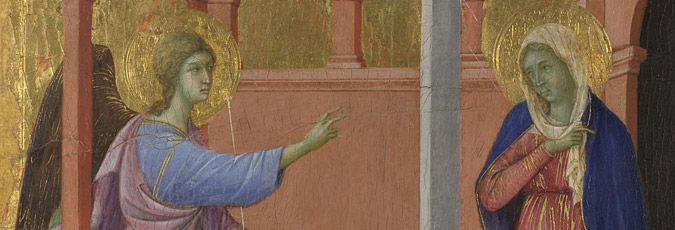The collection, display and reception of 14th- and 15th-century Sienese paintings in Britain, 1850-1950
A fully-funded PhD studentship in partnership with the Courtauld Institute of Art.
Collaborative Doctoral Partnership
Starting in October 2014 as part of the AHRC’s new Collaborative Doctoral Partnership Scheme, the award provides an opportunity to undertake high quality research combined with an exceptional opportunity to gain practical work experience within one of the world’s foremost art galleries - leading to a PhD with one of the UK’s leading universities.
Research project
There is, to date, no proper study of the collecting, display and reception of Sienese ‘primitive’ paintings in Britain. During the period in question Florentine and Sienese art were considered to be foils. It was often argued that early Renaissance Sienese painting retained an archaic purity and integrity missing from Florentine art. The majority of the material the student will need to consult is found at the National Gallery and the Courtauld. The methodology for this PhD is broadly empirical, relying heavily on archival sources. The provenance of all relevant paintings will be collated in a data spreadsheet, noting ownership before entering a British collection, and (if relevant) subsequent history. The data will be presented in select form as part of the thesis. This thesis is focused on painting, but Sienese art in other media will be discussed when relevant. The data collected in this thesis will constitute an important new scholarly resource.
About the Collaborative Doctoral Partnerships
The National Gallery offers a small number of Collaborative Doctoral Partnerships, funded by the Arts and Humanities Research Council (AHRC) and run in partnership with higher education institutions. These studentships focus on specific themes relevant to the Gallery's collection and wider research themes.
Image above: Detail from Duccio, 'The Annunciation', 1307/8-11

